Five types of heath are covered here: European dry heath, bilberry heath, maritime heath, humid heath, and wet heath. These heaths and, where relevant, their modified states are described in the sections under the headings below. A sixth type, dune heath, is covered in the section on ‘Coastal dunes’.
Heaths
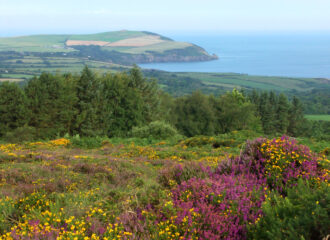
European dry heath
The European dry heath habitat is listed on Annex I of the EC Habitats and Birds Directive and protected at the European level. It typically occurs on dry/free-draining acidic to neutral soils on the coast and in upland situations. The habitat tends to be co-dominated by bell heather (Erica cinerea), European gorse (Ulex europaeus) and…
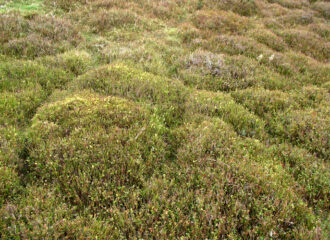
Bilberry-dominated heath
Bilberry (Vaccinium myrtillus) is a low shrub found on acid soils that is common and locally dominant in well-drained heaths and moorland, especially in upland areas. It also appears to respond positively to burning and can replace heaths dominated by other ericoids in favourable situations.
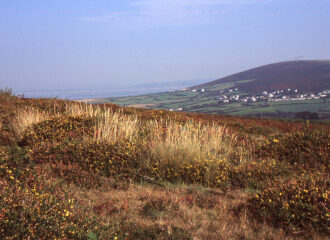
Humid heath
Humid heath, as the name suggests, is an intermediate habitat that sits between dry heaths and wet heaths, and can arise as a result of drainage or drying of wet heath vegetation. It typically forms on damp soils in the mild, oceanic climate of south-west England and south Wales, where it can be characterised by…
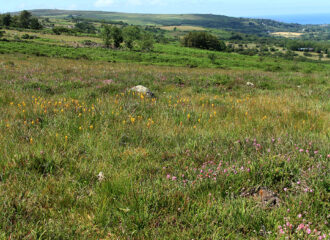
Wet heath
Wet heath is typically found on acidic, nutrient-poor substrates, such as shallow peats or sandy soils with impeded drainage. In Wales, wet heath occurs in areas with a moderate to high rainfall and is dominated by cross-leaved heath (Erica tetralix) and ling (Calluna vulgaris) typically accompanied by abundant deergrass (Trichophorum cespitosum), purple moor-grass (Molinia caerulea)…
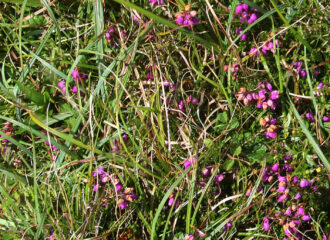
Maritime heath
The maritime heath habitat is typically found on sloping coasts very close to the sea. It is distinguished from dry heaths, which can be found within metres, by low-growing swards with ling (Calluna vulgaris) forming more than 25% vegetation cover, an abundance of spring squill (Scilla verna) and an absence of gorse (Ulex spp). The…

